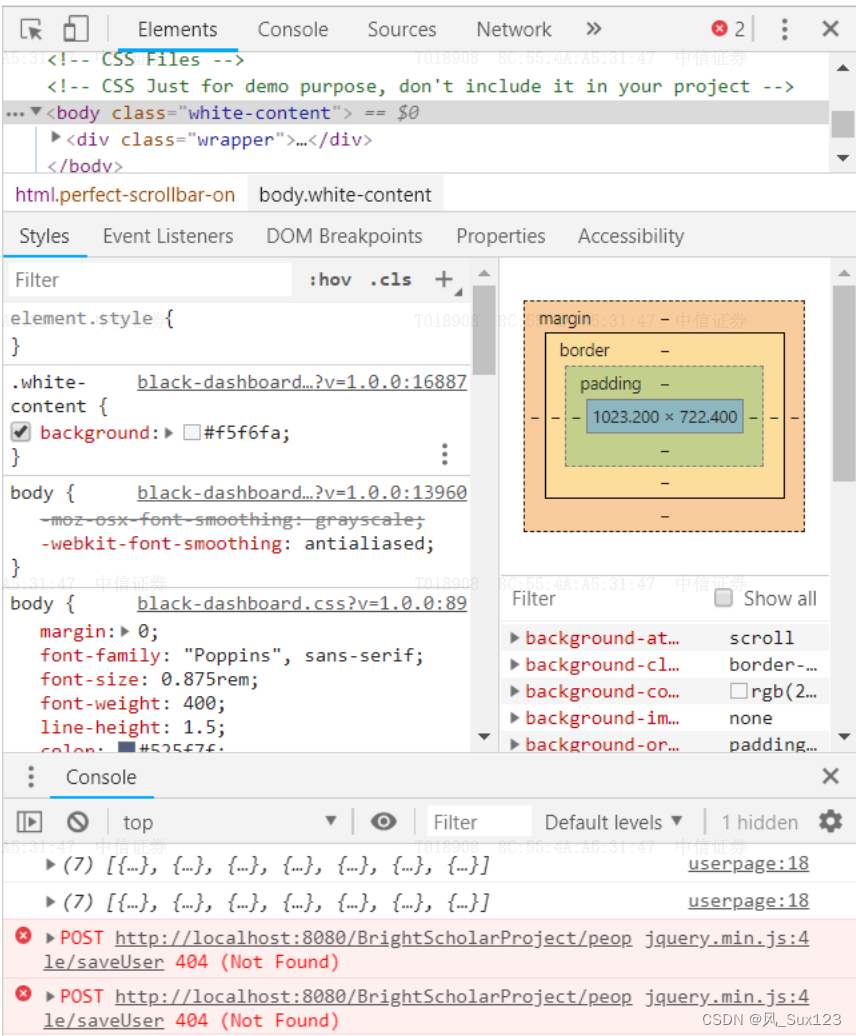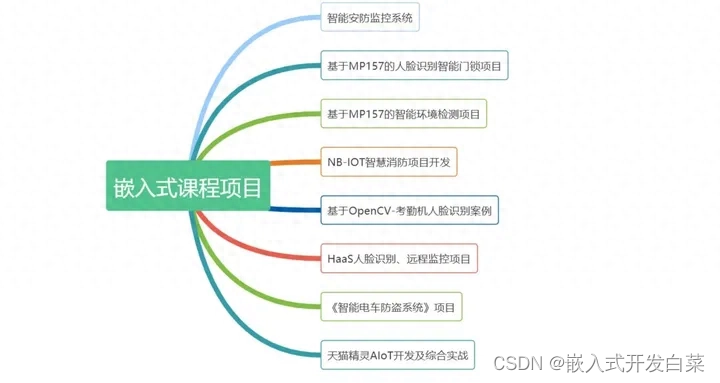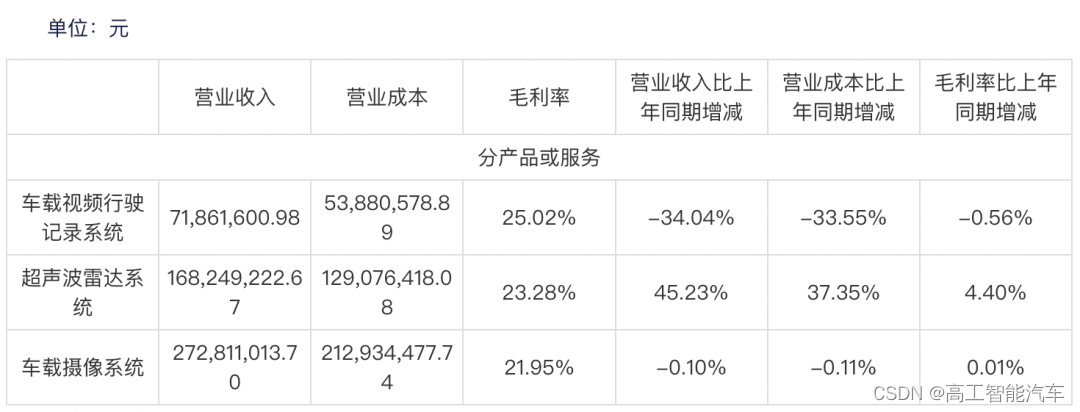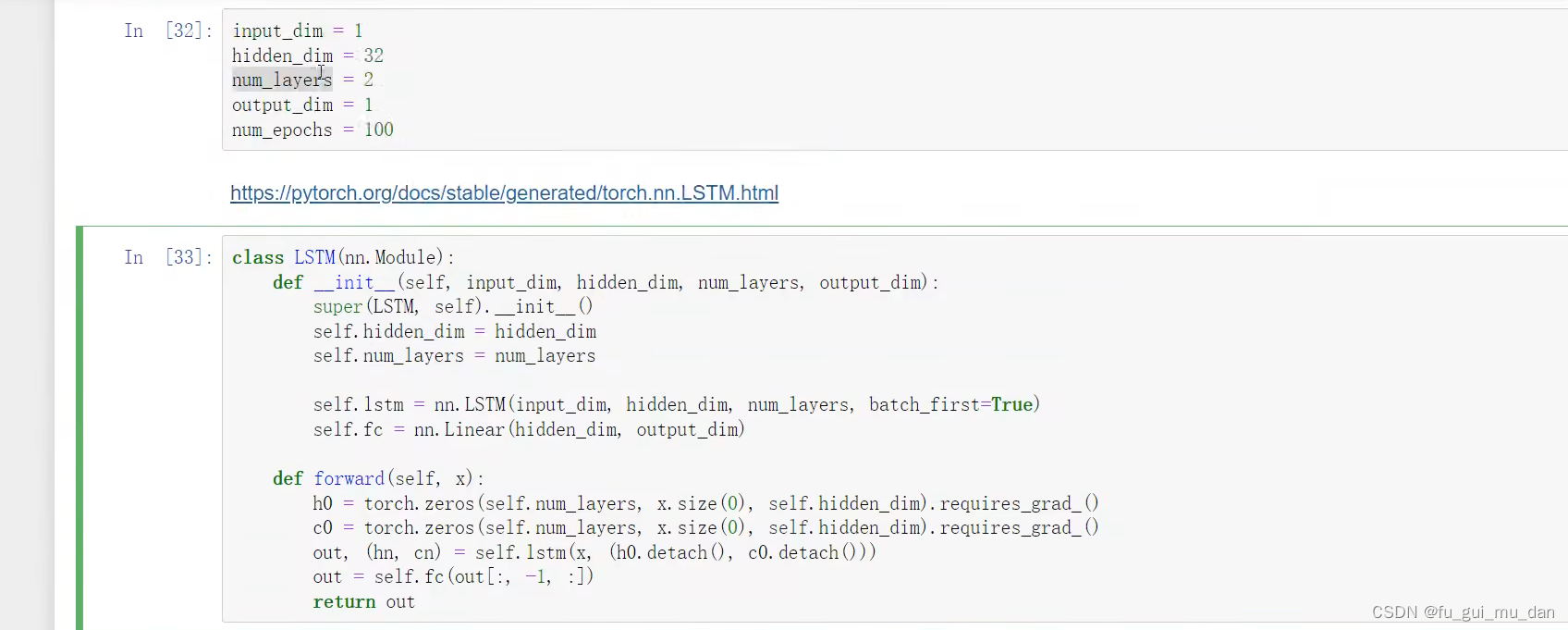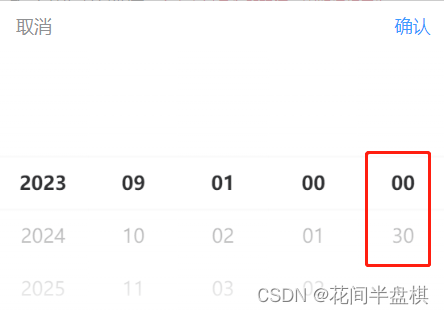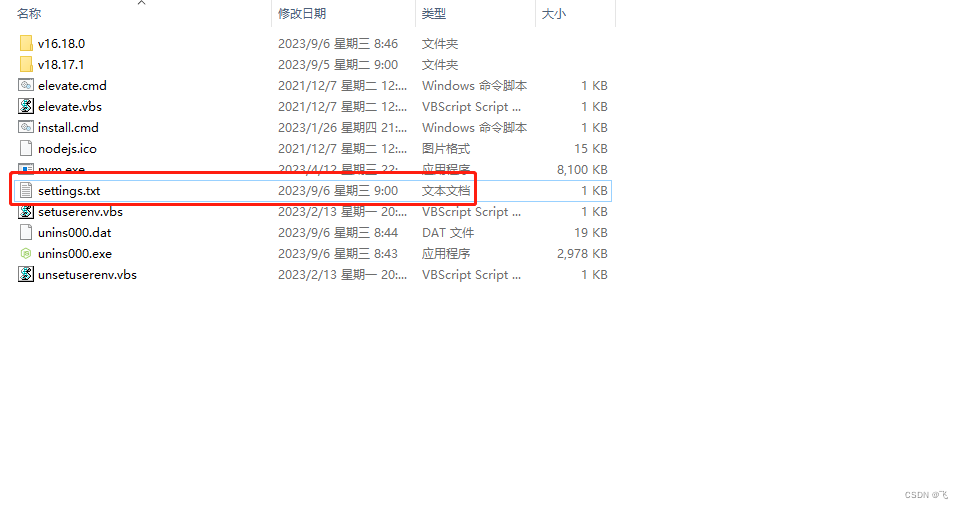修剪二叉搜索树
- 题目描述
- 递归
- 代码演示:
题目描述
难度 - 中等
LC - 669. 修剪二叉搜索树
给你二叉搜索树的根节点 root ,同时给定最小边界low 和最大边界 high。通过修剪二叉搜索树,使得所有节点的值在[low, high]中。修剪树 不应该 改变保留在树中的元素的相对结构 (即,如果没有被移除,原有的父代子代关系都应当保留)。 可以证明,存在 唯一的答案 。
所以结果应当返回修剪好的二叉搜索树的新的根节点。注意,根节点可能会根据给定的边界发生改变。
示例1:
提示:
树中节点数在范围 [1, 10^4] 内
0 <= Node.val <= 10^4
树中每个节点的值都是 唯一 的
题目数据保证输入是一棵有效的二叉搜索树
0 <= low <= high <= 10^4

递归
由于被修剪的是二叉搜索树,因此修剪过程必然能够顺利进行。
容易想到使用原函数作为递归函数:
- 若 root.val 小于边界值 low,则 root 的左子树必然均小于边界值,我们递归处理 root.right 即可;
- 若 root.val 大于边界值 high,则 root 的右子树必然均大于边界值,我们递归处理 root.left 即可;
- 若 root.val 符合要求,则 root 可被保留,递归处理其左右节点并重新赋值即可。
代码演示:
/**
* Definition for a binary tree node.
* public class TreeNode {
* int val;
* TreeNode left;
* TreeNode right;
* TreeNode() {}
* TreeNode(int val) { this.val = val; }
* TreeNode(int val, TreeNode left, TreeNode right) {
* this.val = val;
* this.left = left;
* this.right = right;
* }
* }
*/
class Solution {
public TreeNode trimBST(TreeNode root, int low, int high) {
if(root == null){
return null;
}
if(root.val < low){
return trimBST(root.right,low,high);
}
if(root.val > high){
return trimBST(root.left,low,high);
}
root.right = trimBST(root.right,low,high);
root.left = trimBST(root.left,low,high);
return root;
}
}



